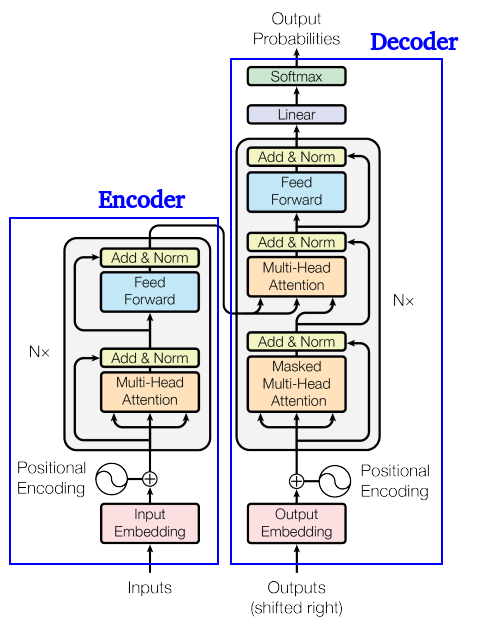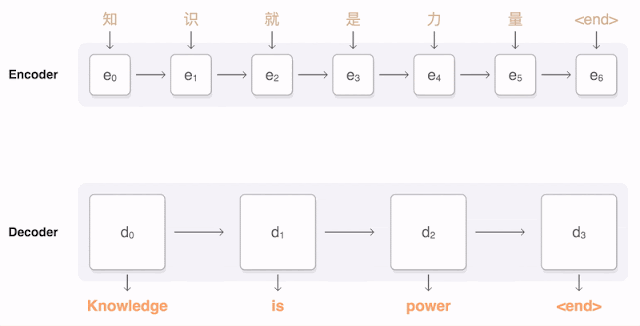Understanding CIDR - A Guide to Classless Inter-Domain Routing
Foreword
Classless Inter-Domain Routing (CIDR) revolutionized IP address allocation and routing on the internet. By moving away from the rigid class-based system (Classes A, B, and C), CIDR introduced a more flexible and efficient method for managing IP spaces. This article delves into what CIDR is, how it works, and how to compute CIDR blocks for network planning.


